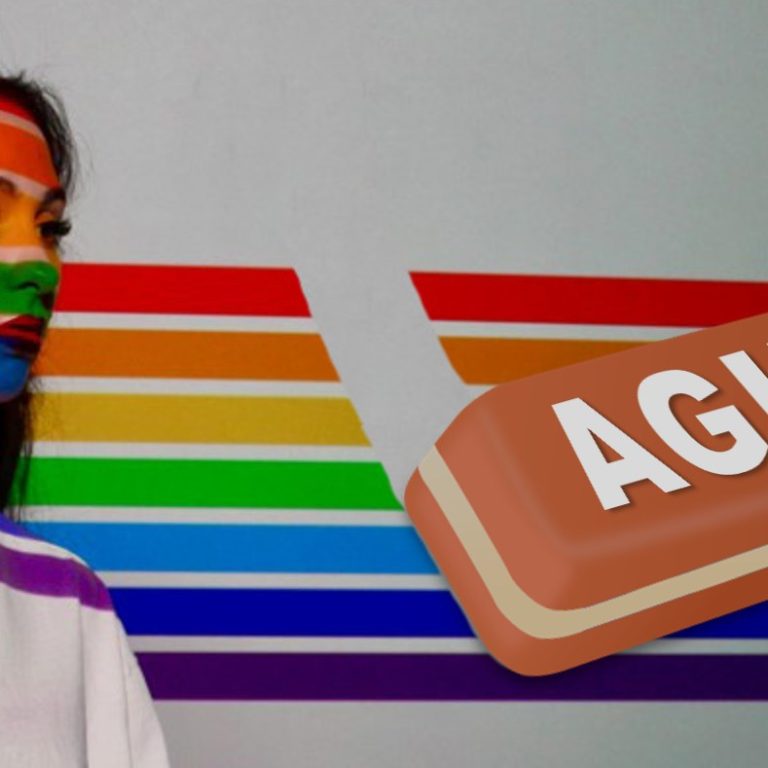Common wisdom holds that agile is for small teams and that it doesn’t scale. Yet, the demand is for entire businesses to become agile. How do we put this together?
In the business context we may want to differentiate between the number of people we can meaningfully have relationships with, i.e. know, and the number of people we can meaningfully work with i.e. build something together.
Scaling heterogeneous teams
The first is defined by Dunbar’s number, which puts the number of people with whom we can maintain meaningful relationships to about 150. Gore found that once a factory contained more than 150 people they were less likely to work together as a team.
The latter sits at 6-7 according to the two pizza rule and at 9-11 according to Scrum. In larger teams, the amount of links becomes too high and communication too complex.
If you can’t feed a team with two pizzas, it’s too large.
Jeff Bezos, CEO Amazon
If you want to scale agile teams larger than, say 10 people, you will require structure. The simplest way to add structure is a Scrum-of-Scrums. You keep the individual team at 10 but add teams and manage them according to the same principles. Scrum of Scrums is Scrum for teams. It works up to about 10 teams or 100 people.
If you want to go beyond 10 teams, you will need more structured agile scaling frameworks like SAFe which can manage teams with over 1,000 people. With the introduction of structure, something on the pure agile ideals will have to give. You will need to strike a balance between preserving agile principles and making them scale.
The unfortunately all-to-common SAFe-bashing by agile purists shows that the agile community struggles with this.
Homogeneous Teams
If you want to go even larger, you need something else: homogeneity. Homogeneity is an ideal in agile. The idea of cross-functionality does not only apply to teams but ideally also to individuals. If you have a team of T-shaped, or even M-shaped individuals where everybody can do everything you will scale smoothly and achieve flow easier.
A single person can only know so much. In a diverse, complex team that requires a lot of diverse skills scaling is difficult. In homogeneous teams it is easier. Examples are organizations that are based on professionals of the same kind as musicians, doctors and lawyers. A single conductor can direct a large symphony orchestra with up to 100 or even thousands of professional musicians.
With homogeneity, larger groups can be agile and self-organizing. For example, at Buurtzorg, 10.000+ healthcare professionals work in a Teal organization.
On the other hand, Zappos, a normal, diverse company, struggles to grow beyond 1.500 being agile using Holacracy. So, we are still figuring it out to run normal, large businesses 100% agile.
At the moment, it seems that normal organizations larger than about 1,500 staff are better off becoming hybrid by combining the best of both worlds.
Personal Relationships
I want to end with a personal perspective about relationships. About what makes us happy. As individuals, not at work.
The Grant Study by Harvard Medical School University is running for 75 years. It explores what makes us happy. The short answer is: deep, meaningful relationships. One is enough. It makes us healthier and live longer. “Happiness is love. Full stop.”
For more I recommend you to watch the TED talk from Robert Waldinger about What makes a good life? Lessons from the longest study on happiness.



